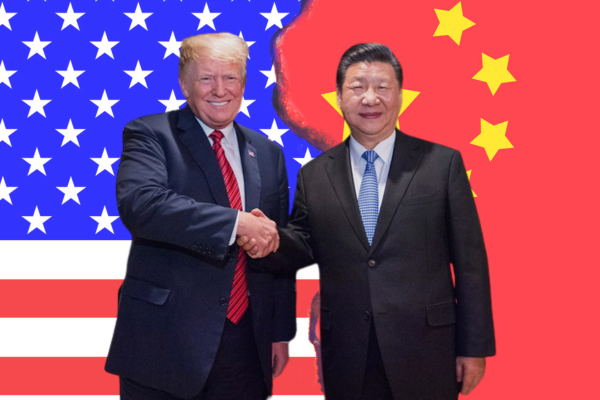.png)

Ajay Srivastava, founder of Global Trade Research Initiative, is an ex-Indian Trade Service officer with expertise in WTO and FTA negotiations.
November 5, 2025 at 12:12 PM IST
At the CII Steel Summit 2025 on November 4, India’s Steel Secretary painted a sobering picture of the country’s steel sector, warning that persistently low prices and cheap imports were hurting small producers and threatening future investment. Yet, the Global Trade Research Initiative analysis suggests that the policies meant to protect the industry may, in fact, be exacerbating structural weaknesses and hurting smaller players instead of helping them.
Low Steel Prices Hurting Smaller Producers: The Steel Secretary argued that steel prices have fallen to five-year lows, forcing nearly 150 small producers to shut down and another 50 to halve output. He said government intervention—through import duties and Quality Control Orders—was essential to protect domestic manufacturers from dumping and substandard imports.
The GTRI view is that the current crisis is not driven by cheap prices or imports, but rather by import restrictions themselves. The QCO regime has restricted access to imported inputs, compelling smaller firms to buy domestically at high, often monopolistic prices set by a few dominant producers. Many large steel companies are posting abnormally high profits and there is no injury,
GTRI notes that supply scarcity caused by QCOs, not low prices, is forcing many MSMEs to shut down. In fact, lower steel prices have helped downstream sectors such as automotive, infrastructure, and construction by reducing input costs and enhancing global competitiveness.
Threat to Future Investment: The Steel Secretary warned that sustained low prices could derail nearly $100 billion in planned investments aimed at expanding India’s steel capacity by another 100 million tonnes.
GTRI contends that investment decisions depend more on policy stability and demand certainty than on short-term price movements. The real risks, it argues, stem from rapid capacity expansion without commensurate production growth, and market concentration, where the largest producer is also the largest importer. According to GTRI, market dominance by few and policy distortions, not low prices, pose the true threat to India’s long-term investment climate.
Surge in Cheap Steel Imports: The Steel Secretary defended safeguard duties and temporary import curbs, saying that cheap Chinese steel was flooding the market and undercutting Indian producers. He cited the 12% safeguard duty as necessary to ensure fair competition.
GTRI disagrees, noting that imports account for less than 8% of India’s steel consumption, and most of these are specialised grades not produced domestically. The issue, it says, lies in policy overreach—the combination of safeguard duties and expanding QCOs has raised input costs, created uncertainty for downstream industries, and weakened export competitiveness. Small manufacturers now face erratic supply, compliance costs, and reduced flexibility in sourcing.
Quality Control and Level Playing Field: The Steel Secretary maintained that QCOs are essential to prevent substandard steel from entering the Indian market and to create a level playing field for domestic producers.
According to GTRI, however, QCO implementation has become a major operational hurdle. The system has led to delays in certification, shortage of approved testing facilities, and import bottlenecks for specialized grades. Many smaller firms that depend on imported inputs have suffered production stoppages, supply scarcity, and higher costs. Compliance testing is expensive and time-consuming, adding another layer of burden on MSMEs. GTRI recommends that the Steel Ministry undertake broad-based consultations with industry stakeholders before expanding QCO coverage, warning that the current framework functions more as a trade barrier than a quality safeguard.
Transition to Specialty and Green Steel: The Steel Secretary urged the industry to prepare for the next decade by investing in specialty and green steel, arguing that falling hydrogen prices could soon make hydrogen-based steelmaking commercially viable.
GTRI acknowledges the potential of green steel but cautions that Green hydrogen-based steelmaking remains commercially unviable world over. It argues that India’s near-term focus should be on developing alloy and tool steels, enhancing energy efficiency, and reducing carbon intensity within existing production processes. GTRI believes that India must first build strength in high-value, specialized steels before committing heavily to green hydrogen-based technologies.
The Steel Secretary’s approach reflects a strategy of protection and long-term transformation—shielding domestic producers today while preparing for a greener tomorrow. The GTRI view, in contrast, emphasizes competitiveness and policy realism—reducing regulatory barriers, rationalising QCOs, and allowing market forces to drive efficiency and innovation. As GTRI concludes, India’s steel industry doesn’t need more protection—it needs more freedom.




